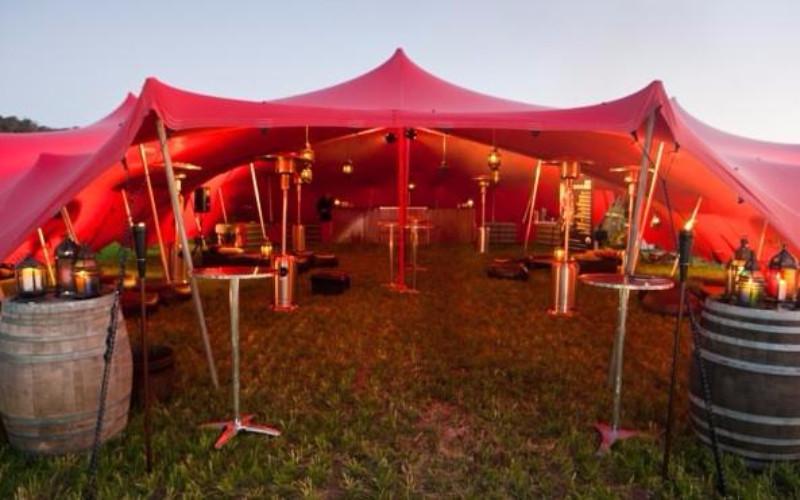
It is crucial to ensure that a stretch tent is staged properly and safely. Such temporary shelters come under scrutiny in adverse situations such as a fire, hailstorm etc and thus it is important to follow necessary precautions while staging a tent.
The first and the most important aspect of staging a stretch tent for hire in Cape Town is to conduct inspections, both before and after staging the tent.
Before beginning with staging a stretch tent- inspect all of its components to ensure that they are in. Sterling condition, free of rigs and not in need of repairs.
Extra attention should be paid while inspecting crucial components of stretch tents. Inspections should also be done once the tent is staged. We’ll learn more on this later.
Here is the list of things one should do while staging a stretch tent-
Anchoring
Decide on the type of anchoring needed. This will depend on soil permeability, the type of soil, whether there are loose particles and more.
Peg Anchoring
Anchoring a stretch tent sturdily is of vital importance, the success of an event will depend on the safety you provide its inhabitants.
Peg anchoring is the cheapest and easiest anchoring technique. But before deciding on which anchoring type to choose, study soil conditions, permeage etc.
Ballast anchoring
Ballast anchoring is needed when ground penetration cannot be done. The type of anchors and pole packs you should use are the ones that are specifically mentioned by the manufacturer.
Only use materials that are explicitly mentioned by the tent manufacturer, as they are tested.
Cement and walls
Stretch tents could also be anchored with cement and walls. However, two necessary conditions must be satisfied- one the owner has given permission and two the cement type allows for tents to be anchored.
Truss staging
If all of the above staging techniques still don’t rock your boat, consider truss staging. While truss staging is rather expensive, it creates a beautiful ambience and is extremely safe.
Pole position and angling
Once the type of anchoring is chosen,the next important step is to decide on the positioning and angling of poles.
Weather patterns, wind direction, heavy winds should be considered while deciding this. If pole positioning is done opposite to the wind direction the Strong winds could rupture the fabric and cause damage.
If extreme weather conditions are predicted then heavy duty base material and strength equipment should be used while staging the tent to ensure safety.
Inspection after the tent is staged
Once the tent is staged, carry out these inspections to double- check.
- Check ropes for fraying
- If they are frayed more than 20 percent, change them
- Check tent membranes for tears and repairs
- Check poles for bowing
- Check that the pegs are Straight
- All aspects of the final structure areat a safe distance from power lines
- There are no tears in the fabrics
- Escape routes are clear
- Emergency exits are there and are not obstructed
- All support structures are sound and not weak
